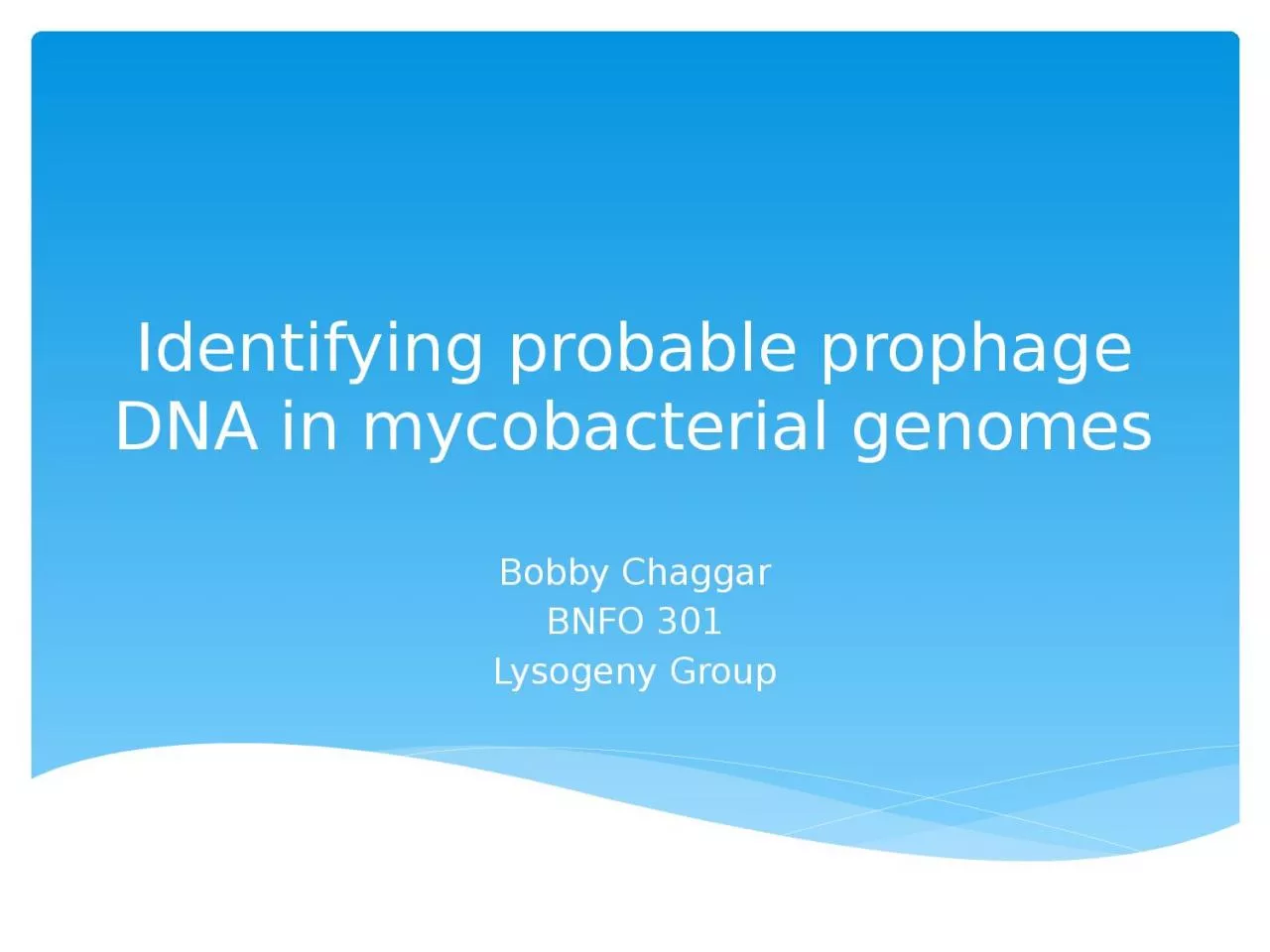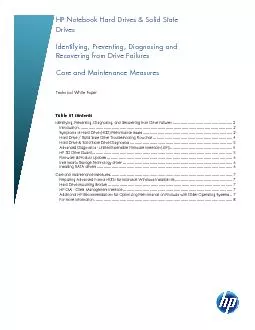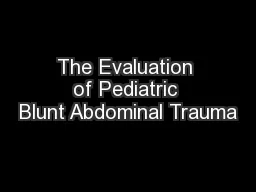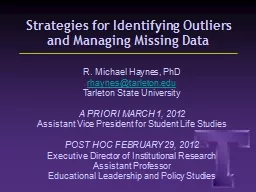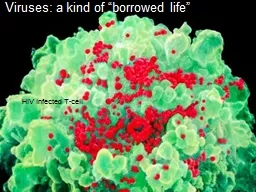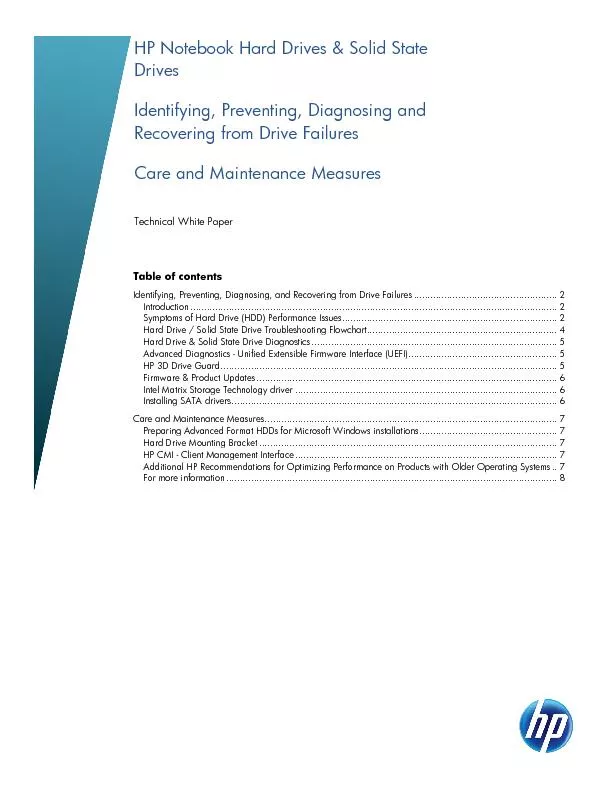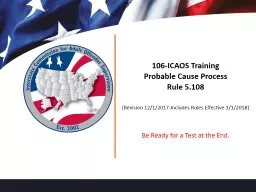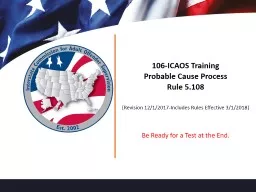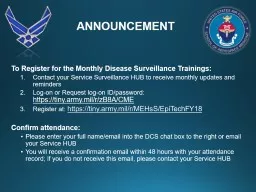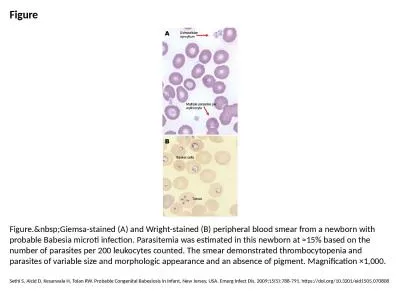PPT-Identifying probable prophage
Author : ThoughtfulTiger | Published Date : 2022-08-01
DNA in mycobacterial genomes Bobby Chaggar BNFO 301 Lysogeny Group Compare SEQUENCESIMILARTO each lysogenic mycobacteriophage to a list of all mycobacteria in
Presentation Embed Code
Download Presentation
Download Presentation The PPT/PDF document "Identifying probable prophage" is the property of its rightful owner. Permission is granted to download and print the materials on this website for personal, non-commercial use only, and to display it on your personal computer provided you do not modify the materials and that you retain all copyright notices contained in the materials. By downloading content from our website, you accept the terms of this agreement.
Identifying probable prophage: Transcript
Download Rules Of Document
"Identifying probable prophage"The content belongs to its owner. You may download and print it for personal use, without modification, and keep all copyright notices. By downloading, you agree to these terms.
Related Documents

